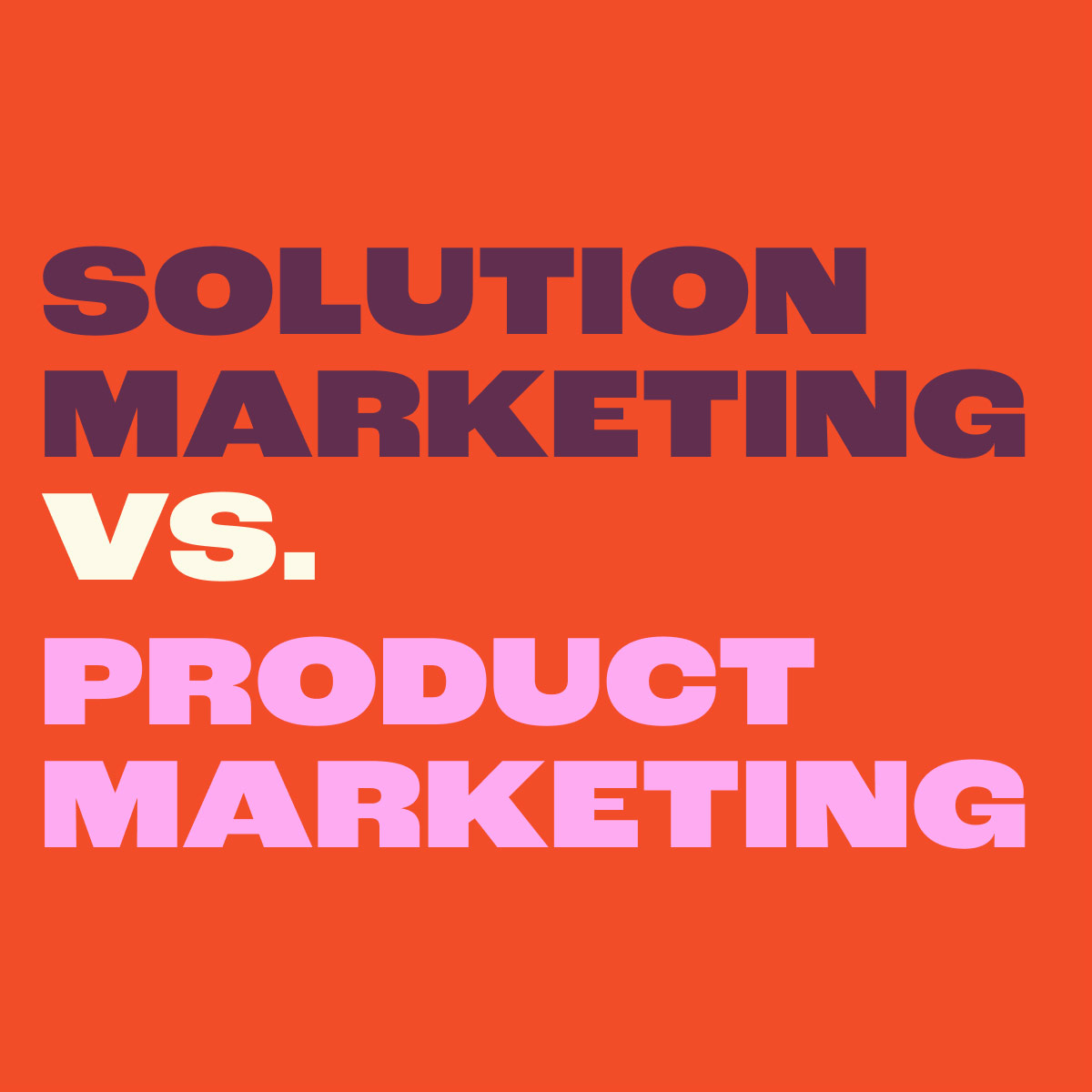You’ve been working on this M&A for months—maybe even years. The numbers add up. It’s a great fit with your business strategy. And on top of that, the cultures seem aligned. But are they really? Is this your “gut feeling” or do you have data to back it up?

Many executives seem content with a general sense of cultural alignment. But even if this is true at a high level, the way people internalize and make these values their own is likely to be different. Your organization and the organization you’re looking to acquire or merge with may value customer centricity like you do, but despite a high-level common goal, you’ll likely differ in how you define and achieve it. Philosophical alignment is a far cry from cultural alignment.
As companies perform their due diligence, there’s a lot of focus on balance sheets and financial data. But what about the human data? I’m not describing head count and organizational structure here. I’m referring to “culture”—the shared values, beliefs, and assumptions that drive attitudes, behaviors, and meaning in the organization. According to a survey of executives, culture clash is the number-one reason mergers fail to deliver on their promise. So, don’t stop at the superficial cultural similarities between the two organizations, and don’t wait until after the deal is signed to worry about culture. It’ll be too late and will already have had a disruptive impact on the success of the integration.

Proper integration planning needs to include cultural integration. There’s no way around it. And it needs to start with a thorough cultural assessment to identify cultural drivers and understand cultural similarities and differences. Using surveys and assessment tools, you can gain a deeper understanding of the behaviors and work practices around business processes, leadership and management style, and employee attitudes. You can then use the assessment as a guide on how to approach cultural integration.
How will you integrate employees into your culture and what effect will it have on the culture? Or are you going to maintain two separate entities and cultures in order to protect what makes each organization unique and successful? Or are you going to create new values and behaviors for the newly formed entity? Those are all questions you’ll need to address ahead of the transition.
An M&A is not just a business deal. It’s a deal that involves people and, therefore, emotion and angst in the face of change and uncertainty. As employees wonder how the deal will impact them and try to figure out what’s expected of them, how to behave, how to initially survive, and how to succeed in this new organization, authentic two-way communication will be a key component of your cultural integration plan.
But don’t stop at discussing the transition milestones—what’s going to happen when and why—or at sharing transition successes and challenges. Inspire and engage employees at a whole other level, as well. If you’re merging the two organizations, shine light on the “why” of the new organization—what it’ll stand for, the impact it’ll have on the world, and what they’ll be a part of. Inspire your people not just through new career and growth opportunities for themselves, but also with the greater purpose that the combined entities will now share. This is a good time to unveil a new “brand purpose”—your reason for being. Being part of a greater purpose can rally and bring people together like nothing else can. It can help you retain them after the integration and attract the new employees you’ll need for continued success.
Evaluating a merger based only on your balance sheet or your business strategy—while ignoring culture—can have a disastrous impact on the success of your M&A. So, plan ahead and factor in the human side of the transition, keeping in mind the following:

Philosophical alignment is a far cry from cultural alignment.

Culture must be a key component of overall integration planning.

Cultural due diligence should assess cultural drivers, as well as similarities and differences.

Use the cultural assessment results to build your cultural integration plan and define the values and behaviors you want post-integration.

Do more than communicate. Engage your people in dialogue and inspire them with a powerful brand purpose everyone can rally around.


